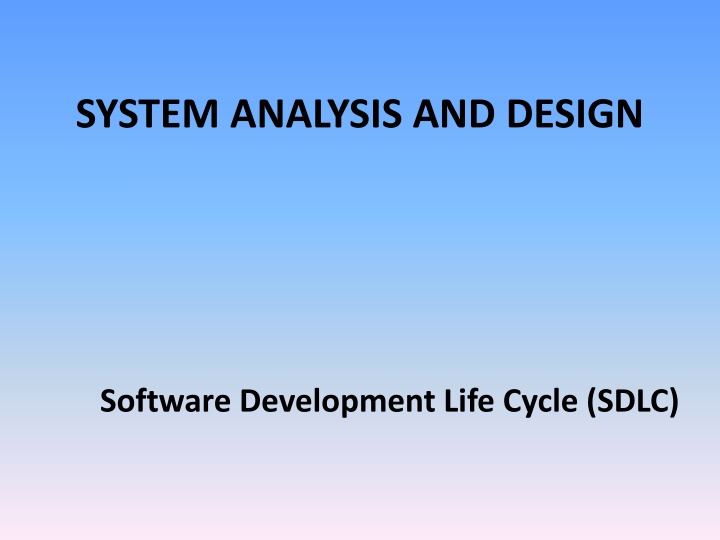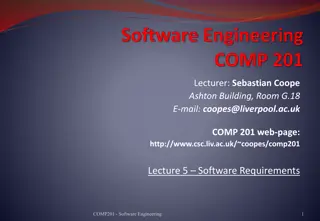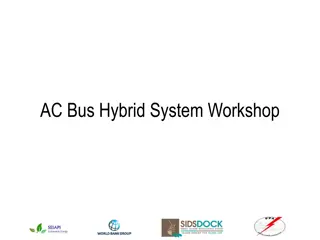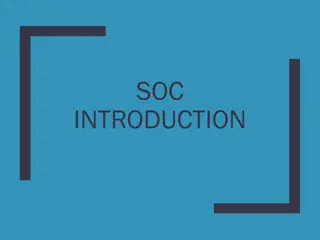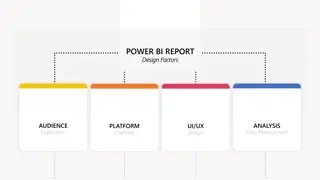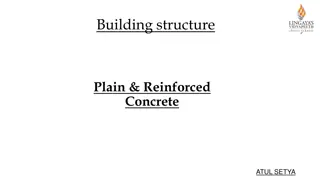SYSTEM ANALYSIS AND DESIGN
The Software Development Life Cycle (SDLC) is a structured process aimed at producing high-quality, cost-effective software in the shortest possible time. The SDLC consists of phases such as Requirement, Design, Implementation, Testing, Deployment, and Maintenance, each crucial for the successful development of software that meets customer expectations and demands.
Download Presentation

Please find below an Image/Link to download the presentation.
The content on the website is provided AS IS for your information and personal use only. It may not be sold, licensed, or shared on other websites without obtaining consent from the author.If you encounter any issues during the download, it is possible that the publisher has removed the file from their server.
You are allowed to download the files provided on this website for personal or commercial use, subject to the condition that they are used lawfully. All files are the property of their respective owners.
The content on the website is provided AS IS for your information and personal use only. It may not be sold, licensed, or shared on other websites without obtaining consent from the author.
E N D
Presentation Transcript
SYSTEM ANALYSIS AND DESIGN Software Development Life Cycle (SDLC)
Software Development Life Cycle (SDLC) The Software Development Life Cycle (SDLC) is a structured process that enables the production of high-quality, low-cost software, in the shortest possible production time. The goal of the SDLC is to produce superior software that meets and exceeds all customer expectations and demands.
Requirement: In this phase all the requirement are collected from customer/client. They are provided in a document called Businessmen requirement specification (BRS) and System requirement specification (SRS). All the detail are discuss with customer/client in detail.
Design It has two steps: (a). High level design (HLD): It give the architecture of software product. (b). Low level design (LLD): It describe how each and every feature in the product should work and every component.
Implementation This is the longest phase. This phase consists of Front end + Middle ware + Back- end In front end: development coding are done even SEO setting are done In Middle ware: They connect both front end and back end In back-end: database is created
Testing Testing is carried out to verify the entire system. The aim of the tester is to find out the gaps and defects within the system and also to check whether the system is running according to the requirement of the customer/client.
Deployment After successful testing the product is delivered/deployed to the client.Client are trained how to use the product. Client are trained how to use the product.
Maintenance Once the product has been delivered to the client a task of maintenance start. When the client will come up with an error the issue should be fixed from time to time.
